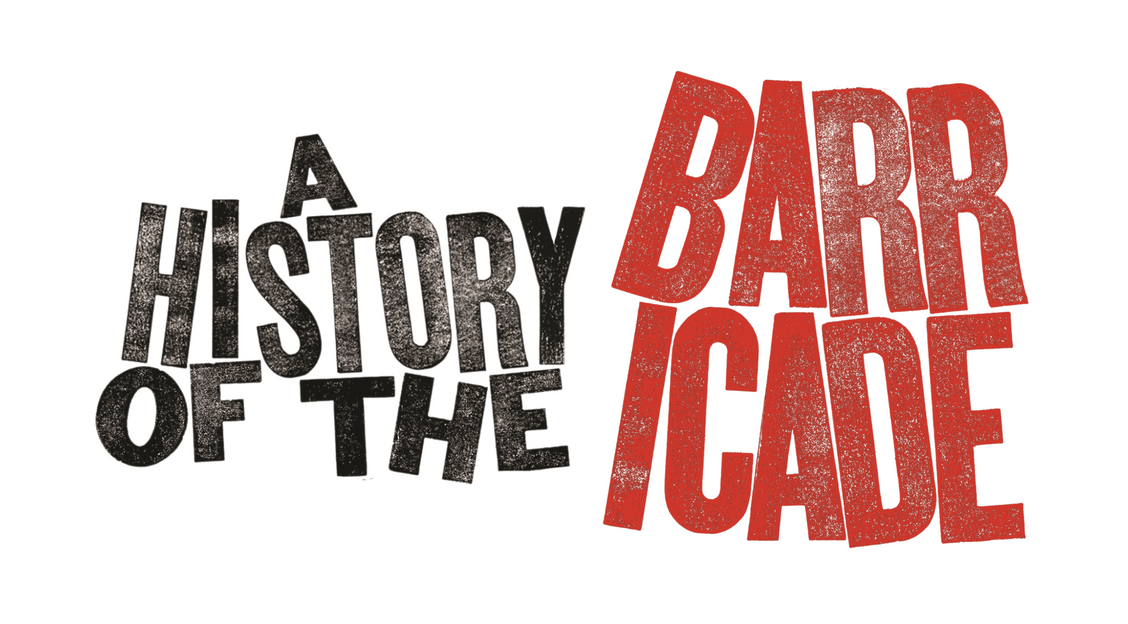The still unformed germ of the modern barricade
The barricade makes its reappearance in Paris under Charles X.

After a long absence, the barricade reappeared in Paris on a night in November 1827. As in Prairial year III, the event was short-lived and limited, but while the exit of the sans-culottes from the stage had marked the end of an era, this occasion saw the opening of a long history of insurrection in Paris, with wide echoes across Europe in the nineteenth century.
In 1827, under Charles X, the council of ministers headed by Villèle had succeeded in uniting against it both the liberal opposition and a section of the royalists, in protest against a press law proposed in December 1826, which Chateaubriand had termed the ‘vandal law’. The withdrawal of this law, after it had been torn to pieces in the upper house, led to celebration in the popular districts. On 29 April, Charles X proceeded to the Champ-de-Mars to review the 20,000 men of the Paris National Guard. Cries of ‘Long live the king!’ were mingled with others that were far less acceptable: ‘Freedom of the press!’, ‘Down with the ministers!’, ‘Down with the Jesuits!’ ‘The offended king replied: “I have come here to receive homage, not lessons.” He often had in his mouth noble words that did not always support vigorous action,’ wrote Chateaubriand. The same evening, a decree was issued dissolving the Paris National Guard – an impulsive move that would have fatal consequences for the monarchy.
As the political situation was blocked, Villèle decided to bring matters to a head. On 6 November, Le Moniteur published three further decrees. The first appointed seventy-six new peers, including five archbishops and forty deputies who were government supporters. The second decree abolished censorship, which had been recently imposed but was forbidden in an election period. The third dissolved the Chamber of Deputies and convened electoral colleges by arrondissement (particularly in Paris) for 17 November, and for the departments on the 24th. Faced with this effective coup d’état, which ‘violently changed the composition and spirit of this Assembly [the house of peers] and . . . could not leave the slightest doubt as to the all-powerful action of the religious party’, on the next day ‘the newspapers of the royalist and liberal opposition published coalition lists which, for the first time since the onset of representative government in France, brought together under the common title of constitutional candidates politicians who had previously been of greatly opposed opinions.’
‘An immense current of opinion’, Vaulabelle continues, ‘drove all minds to a single thought, a single aim, to break the detested ministry.’ In Paris, the eight opposition candidates were elected by an overwhelming majority: Benjamin Constant obtained 1,033 votes against twenty-two for his opponent, and the others won by similar margins. All the ministerial candidates were defeated in what was a real rout.
The elections took place on 17 and 18 November. The following day was calm, but in the evening the crossroads were lit up in the quarter around the rues Saint-Denis and Saint-Martin (not yet divided by the boulevard de Sébastopol), attracting a crowd of passers-by whose demeanour ‘showed only two sentiments, joy at the success of the opposition, and curiosity’. Some individuals, circulating among the groups, sold petards. A police commissioner sent to observe delivered a report in which the concern is apparent:
Towards ten o’clock, while those simply curious were starting to retire, Vaulabelle writes that
Some young people then seized hold of water-carriers’ barrels and carts stationed near the Innocents market, using them to block the rue Saint-Denis:
. . . the still unformed germ of the modern barricade.
The crowd attacked the police station on the rue Mauconseil, and the expression of joy turned to confrontation.
— Excerpted from A History of the Barricade by Eric Hazan.
